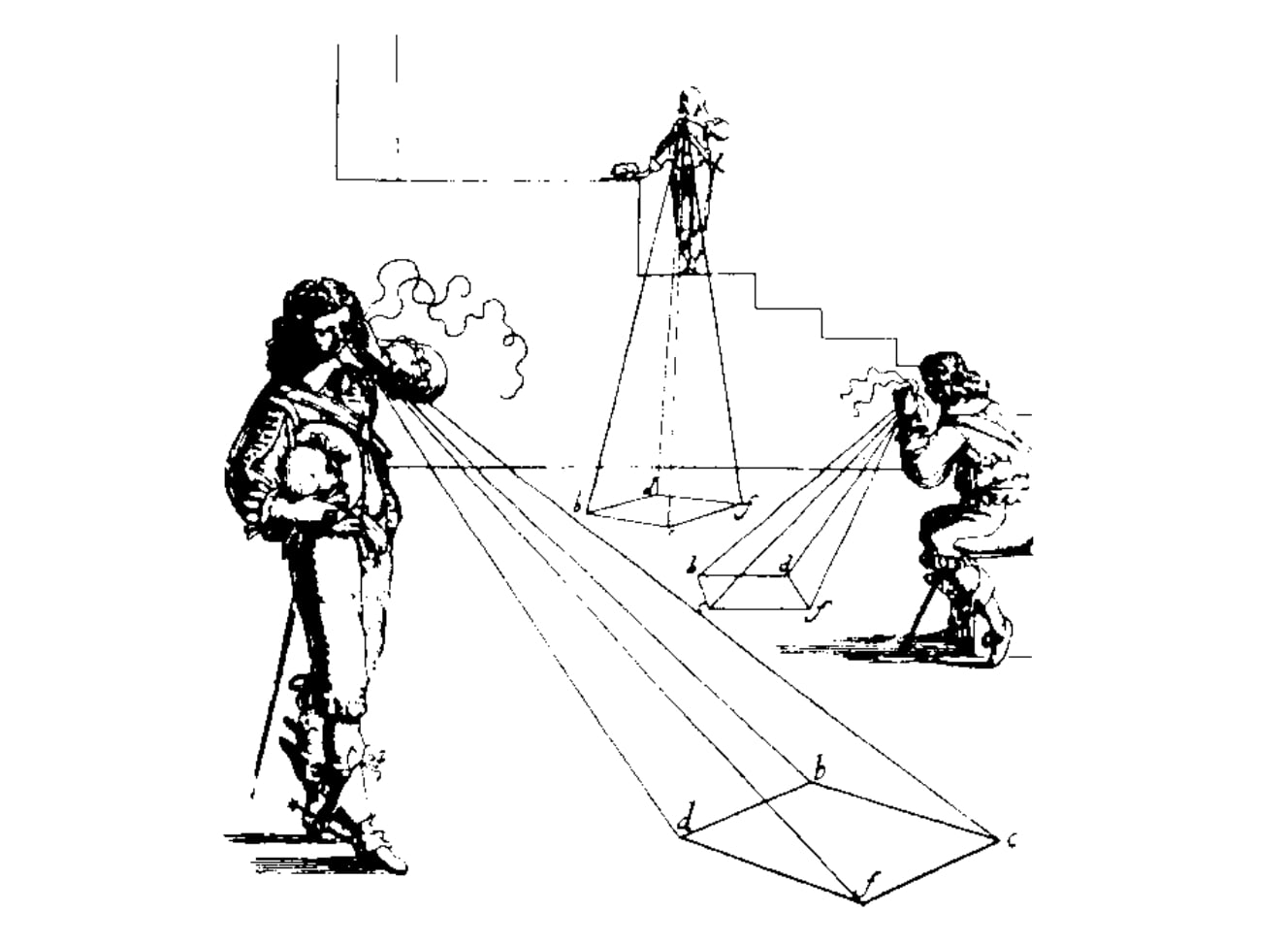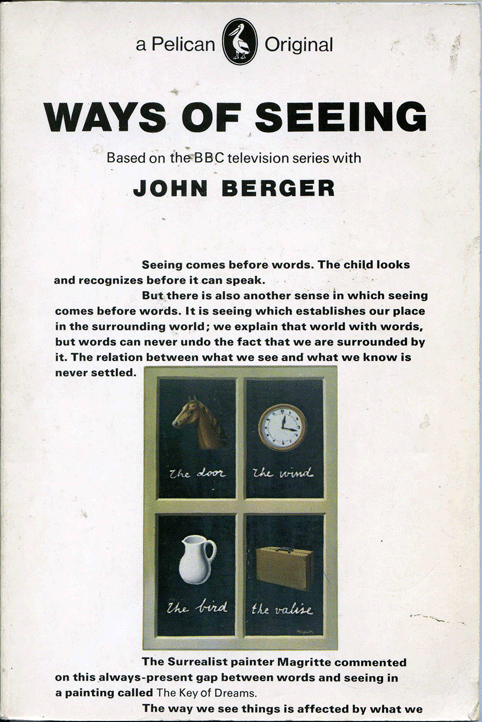

- #JOHN BERGER WAYS OF SEEING SUMMARY CHAPTER 1 HOW TO#
- #JOHN BERGER WAYS OF SEEING SUMMARY CHAPTER 1 SERIES#
Cone collection, Baltimore Museum of Art. Henri Matisse, 1907, Blue Nude Souvenir de Biskra. Today’s false religiosity that surrounds art is the outcome of the cash value invoked in the name of culture and civilization, as a substitute for the lost value due to art’s reproducibility. Berger finds the culprit for this change in camera that reproduces art and makes it transmittable. Instead of having some ethereal or transcendent meaning and function, art today is emptied out of its original meaning and is instead filled with the multiple ones. The meaning in modern times is located in the material aspects of each art piece, which in turn is the outcome of the capitalist system. By attacking the materiality of an artwork, he pushed its physical presence to the fore of discussion informed by ideas from Walter Benjamin's The Work of Art in the Age of Mechanical Reproduction. His act appears sacrilegious, and this sentiment is precisely what Berger is trying to conceptualize in relation to observing art. A striking sequence of him cutting a Botticelli painting Venus and Mars plays on this card as well, situating his discourse in examination of the physicality of an artwork, and the modern age of reproductions. The materiality of art takes a central place in Berger’s Ways of Seeing.

#JOHN BERGER WAYS OF SEEING SUMMARY CHAPTER 1 HOW TO#
What are we living through? Where are we being taken? What have we lost? How to continue without a plausible vision of the future? Why have we lost any view of what is beyond a lifetime? Īndy Warhol - 32 Campbell's Soup Cans, Image via The Materiality of Art in the Age of Mechanical Reproduction People everywhere, under very different conditions, are asking themselves - where are we? The question is historical not geographical. Even in his later writings the focus on human experience that affects how we perceive a wider frame dominates: Transferring this visual tool into writings, Berger approached each subject with a combination of wide shots and close-ups in a manner that historical narratives stood for a general context which meaning becomes more alive when infused with a close-up story of human destinies and relationships.

Image via John Berger and the Cinematic MethodĪlthough Berger primarily dealt with words and examined the manner in which we see art, his theoretical approach was influenced by cinematographic editing and cinema’s ability to shift focus from wide shots to close-ups. What do we see, and can we see differently? They raise questions on how these images - from Old Masters to photography – infuse everyday life and perpetuate its inequalities. His art writings are contingent to his writings about the world, and they unmistakably transfer his thoughts on general condition that surrounds us through a take on images which are its integral part. Being himself a Marxist intellectual, Berger was astutely aware of the negative sides of global capitalism and he reflected on them in his numerous texts. Arguably more relevant today than ever, his theory informed numerous theoretical and critical stances, from feminist to Marxist. Exemplary in his knowledge of art, he was an astute art critic, but also a theorist of art and an explorer of its transformative potential.Īs we say goodbye to John Berger, we remember his Ways of Seeing and the actual ways he transformed the way we see art. In the same year when his BBC documentary appeared, he published the novel G, for which he won the Booker Prize. Besides studies of individual artists, he also wrote plays and experimental fiction. Starting out as a visual artist, a profession he never fully abandoned, Berger turned to written words and mass media to transfer his polemical and at the time often controversial art history surveys.
#JOHN BERGER WAYS OF SEEING SUMMARY CHAPTER 1 SERIES#
His erudite yet accessible style of writing is perhaps best known through his seminal work Ways of Seeing, a successful BBC TV series that he authored in 1972, and which was followed by an equally successful book of the same title.

One of the academic superstars, his work has profoundly influenced not just academia but more generally art lovers and aficionados worldwide. Two days into 2017, John Berger passed away at the age of 90.


 0 kommentar(er)
0 kommentar(er)
